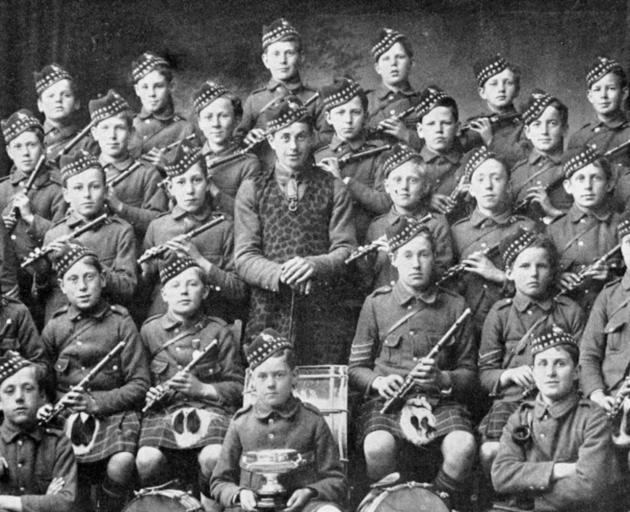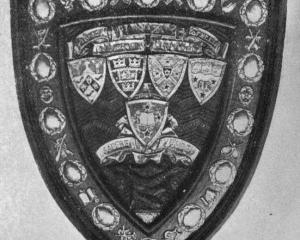
This interesting question was raised at the meeting of business men on Monday evening, when the speaker (Mr Andrew Deer) referred to the steamboat as one of the inventions for which we were indebted to America.
The statement was greeted with something like a storm of dissent, and there were evidently many present who were prepared, without hesitation, to give the credit to Scotland.
As a matter of fact, the invention of the steamboat was of such a progressive and complicated nature that authorities cannot give the credit of it to one country to the exclusion of others.
Thurston, in his ''History of the Growth of the Steam Engine'', states that the earliest attempt to propel a vessel by steam is claimed by Spanish authorities to have been made by Blasco de Garay, in the Harbour of Barcelona, Spain, in 1543.
This claim is doubtful; but in 1707 Dr Dionysius Papin, a Huguenot, applied his steam engine to driving a model boat on the Fulda at Cassel. English, French, and Swiss experiments followed, with varying success, and in 1763 William Henry, of Pennsylvania, inspired by the discoveries of James Watt, completed the first American model steamboat.
The problem began to be taken up by a number of inventors, and in 1790 one of John Fitch's boats attained a speed of seven miles an hour on the Delaware River.
It was placed as a passenger boat on a line from Philadelphia to Burlington, Bristol, Bordintown, and Trenton, and ran between 2000 and 3000 miles without serious accident.
In Great Britain Lord Dundas and William Symington were the first to make the introduction of the steam engine for the propulsion of ships so completely successful that no interruption subsequently took place in the growth of the new system of water transportation.
The first practical steamboat (says the Encyclopedia Britannica) was the tug Charlotte Dundas, built by William Symington, and tried in the Forth and Clyde Canal in 1802.
•For some time past the members of the North-East Valley School Committee have directed their attention to the beautifying of the school grounds, which, year by year, present increasing attraction to the residents of the district.
Shrubs have been planted, the grounds levelled, and every attention paid to the amenities.
At the usual meeting of the committee held last evening Mr T. Arnold asked that an accurate record should be kept of the names of the ex-scholars who were killed at the front, with a view to having their names inscribed upon a large marble obelisk to be erected by public subscription in front of the school at the end of the war.
The project, which, it was felt, could be commended to other committees, was warmly supported by Messrs Mowat, Bardsley, and others, and it is hoped that the parents of friends of the men who have fallen will send in their names in order to secure the completeness of this handsome roll of honour.
•The Government has purchased an area of 600 acres in the Edendale district from Mr Donald Stalker, on which to settle returned soldiers.
The property is about three miles from Edendale railway station and half a mile from the Seaward Downs Dairy Factory.
The farm is stated to be in good order and to consist of rich land, 2000 sheep having been shorn by Mr Stalker last season. This is the second property secured by the Government in Southland for returned soldiers, the other being a short distance from Woodlands.
- ODT, 11.10.1916
COPIES OF PICTURE AVAILABLE FROM ODT FRONT OFFICE, LOWER STUART ST, OR WWW.OTAGOIMAGES.CO.NZ












